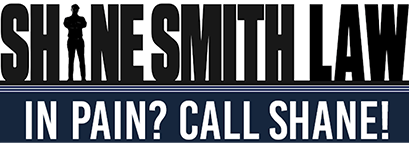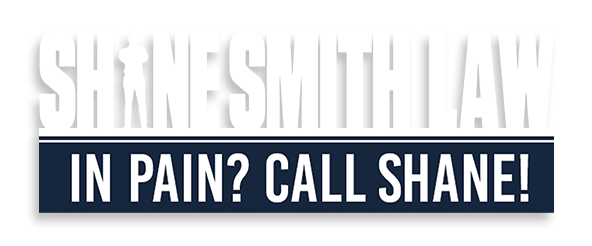Burn injuries are classified by degree according to the depth and severity of tissue damage. First-degree burns affect only the outer layer of skin, while second-degree burns involve the deeper layers, and third-degree burns penetrate all layers of skin. Each type has its own unique symptoms and impacts on your health.
First-Degree Burns and the Symptoms
First-degree burns are the most minor and least serious type of burn. While they can be uncomfortable and cause skin discomfort, they usually heal in less than a week without complications. Typically caused by exposure to heat, such as touching a hot stove or iron, first-degree burns result in redness of the skin, mild swelling, and pain. Treatment includes running cool water over the burn, applying a light dressing or aloe vera gel, and taking an over-the-counter pain reliever to reduce swelling and discomfort.
In most cases, home treatment is sufficient for healing first-degree burns. In some cases, however, medical attention may be necessary if the affected area is large, if the burn is on a sensitive area of the body such as the face or genitals, or if it becomes infected.
Second-Degree Burns and the Symptoms
Second-degree burns, also known as partial thickness burns, involve the epidermis and dermis layers of the skin. The symptoms of a second-degree burn include immediate pain, redness, swelling, blistering, and peeling skin. When the burn area is pressed with a finger it will often “white out” and then turn red again when the pressure is removed. Second-degree burns may also cause skin to become firm, dry, and leathery. The skin around the burn area may be cool due to fluid loss from blisters.
Third-Degree Burns and the Symptoms
Third-degree burns, also known as full thickness burns, are the most serious type of burn. They involve all layers of the skin and can even reach underlying bones, muscles, and tendons. These deep burns often cause permanent damage and require specialized medical care. Symptoms of third-degree burns include white or blackened charred skin that may feel numb, blistering and severe pain.
It is vital to seek professional medical help as soon as possible for individuals with third-degree burns, as they have a high risk of infection due to the destruction of the skin’s protective barrier. Treatment may include skin grafting, wound care, medications, antibiotics, physical therapy, and psychological support.
If you suffer a burn because of someone else’s negligence, call us at (980) 246-2656!


